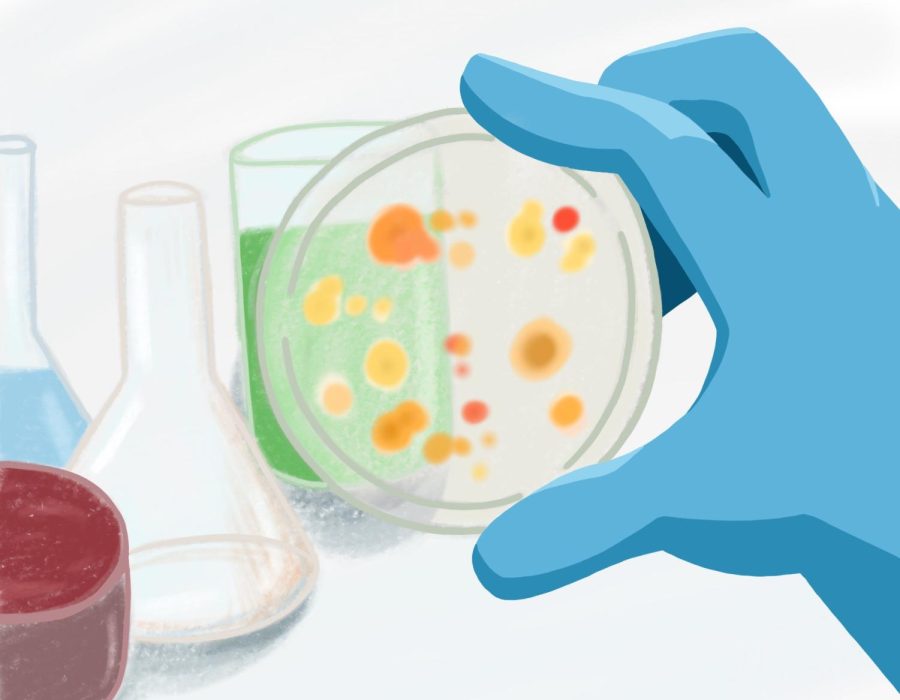Research team determines how fleas transmit Bubonic Plague
Research team to continue studying on biofilm and Bubonic plague
A WSU research team is studying how fleas can transmit the Bubonic Plague.
January 20, 2022
A research team within the Paul G. Allen School for Global Health is studying how an infectious bacterium causes fleas to transmit the Bubonic Plague via flea bite.
The research team is led by Viveka Vadyvaloo, associate professor in the College of Veterinary Medicine.
“My research is on [the] infectious disease, the Bubonic Plague,” Vadyvaloo said. “[The] part of the disease we study is how this disease or the bacteria that causes this disease, Yersinia pestis, is transmitted from fleas or by flea bite.”
Yersinia pestis is a bacterium responsible for the plague, she said. The bacterium was discovered and named after researcher Alexandre Yersin in the 1900s.
The plague is a zoonotic infectious disease. Zoonosis is when an infectious disease is spread by animals, said Guy Palmer, regents professor of pathology and infectious diseases and senior director of global health at WSU.
An infectious disease needs a reservoir and a vector to be transmitted. A reservoir is an organism that naturally hosts an infectious bacterium. Rats are a reservoir that naturally hosts Yersinia pestis, Palmer said.
A vector is a parasitic organism that transmits an infectious disease to a host. The flea is a vector that receives Yersinia pestis from rats, he said.
A blockage of biofilm in the flea’s proventriculus or throat is causing it to regurgitate its blood meal back into its host, Vadyvaloo said.
Biofilm is a sticky gel-like substance produced by an infectious bacterium. It is made of substances regulated by the carbon storage regulator (CSR) protein, Palmer said
“The CSR is a master regulator of [biofilm],” he said. “If you didn’t have the CSR, you wouldn’t produce any of the biofilm components.”
Bacteria are embedded in the biofilm. The bacteria will continue to build a blockage in the flea’s proventriculus. This blockage prevents the flea from receiving a blood meal, Vadyvaloo said.
Part of the biofilm will break off and enter the host with the blood meal. The host then becomes infected, she said.
The elimination of biofilm in the flea’s proventriculus would prevent the spread of the Bubonic Plague, Vadyvaloo said. She and her research team are continuing their research on biofilm and the Bubonic Plague.









